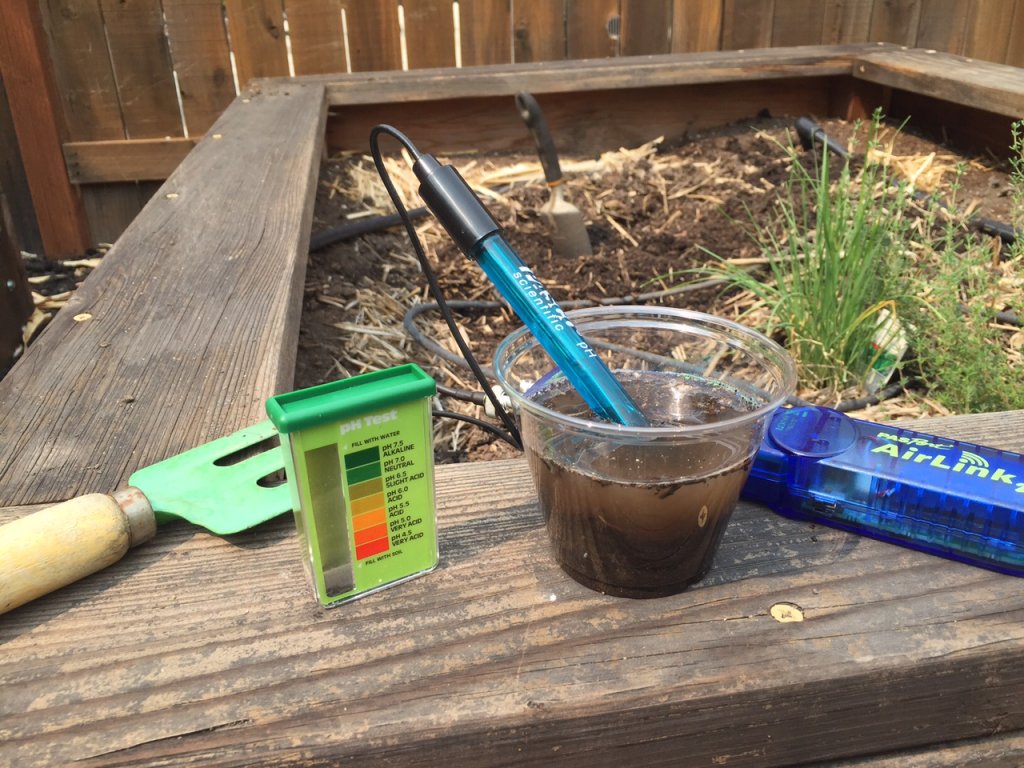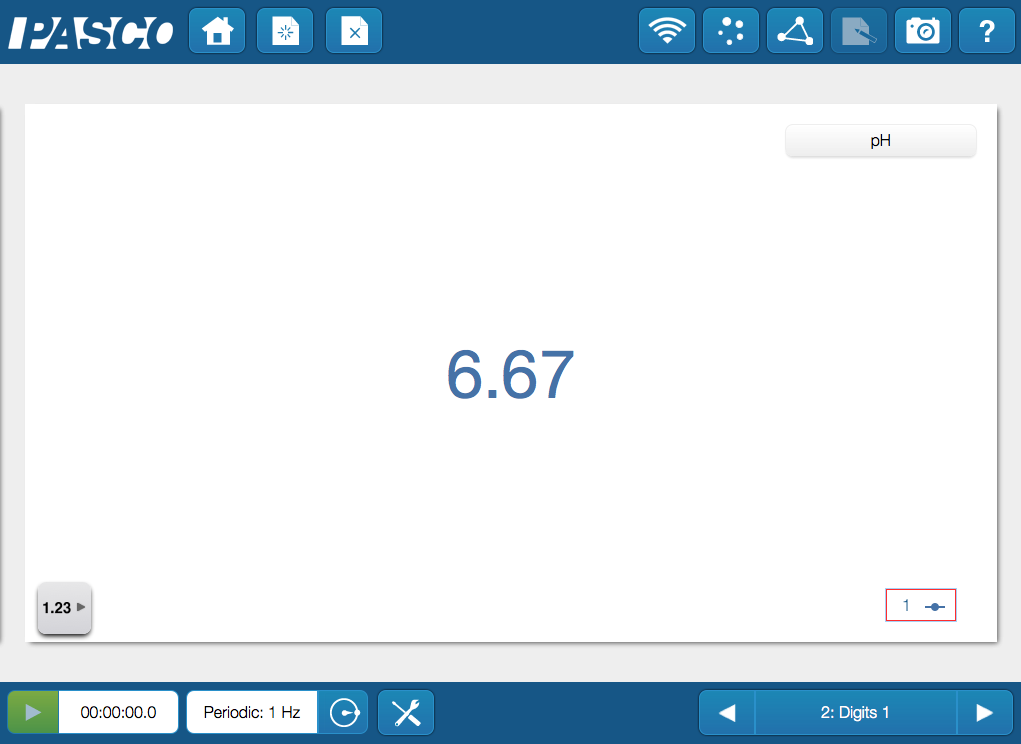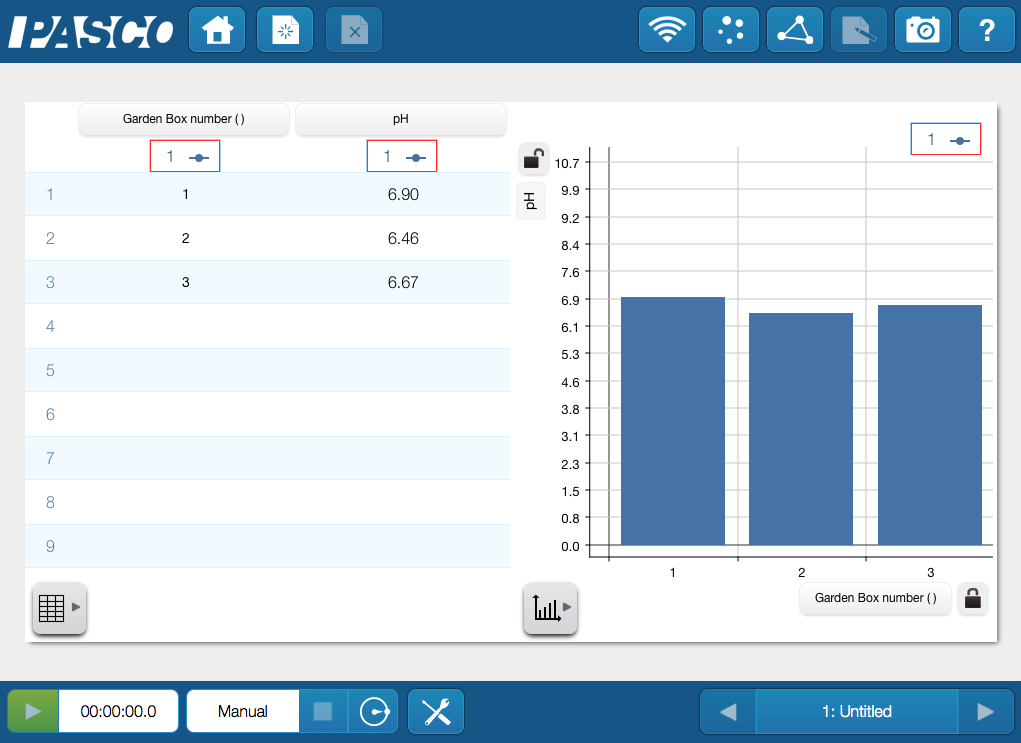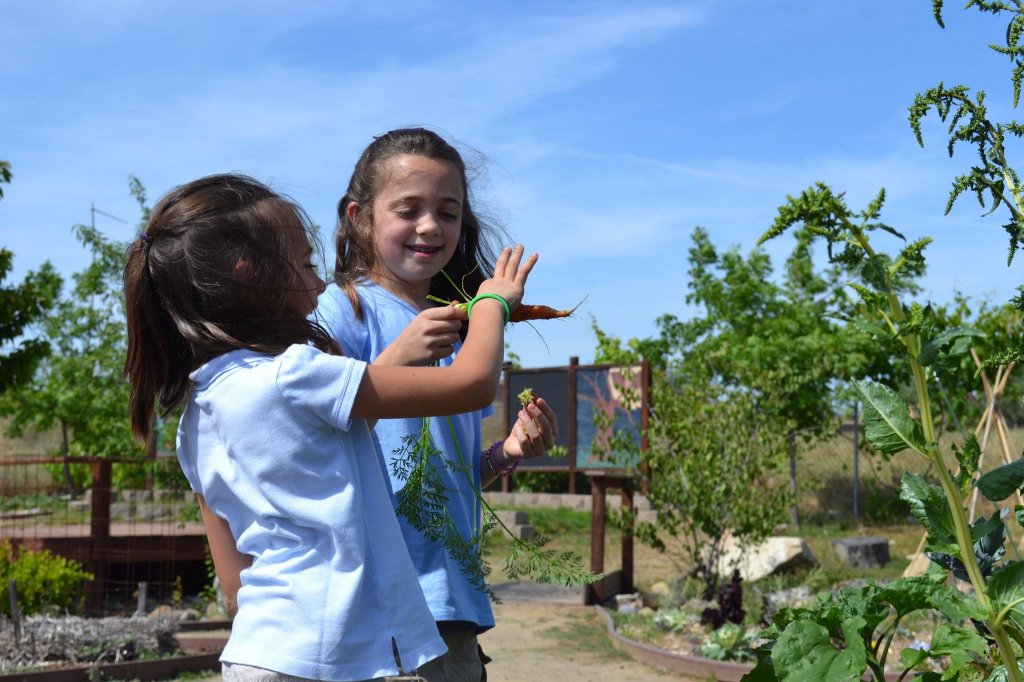Planting the Seeds of Science with School Gardens
School gardens are sprouting up all over the place. Planting and cultivating a school garden is much more than an engaging outdoor activity. It can also provide meaningful context to students’ academic endeavors and be correlated to standards such as NGSS and Common Core.
You can sow the seeds of inquiry into your budding scientists by having them look at the garden from a scientist’s perspective. They can ask questions about what they should plant where, plan and carry out investigations on the soil and plants, analyze data, and engage in argument from the evidence they have collected.
If you are planning a fall/winter garden, you can dig right into the data by starting with the soil. Most of the nutrients plants need to grow will come from the soil. By measuring and graphing the pH of the garden beds, students will learn if the soil they’re using is hospitable for plant growth. This can be done with a pH test kit from a garden supply store, or it can be done more quantitatively with a pH electrode.

Using a pH probe on a Chemistry Sensor (with an AirLink 2 connected to SPARKvue software), students can measure the pH of their garden boxes.

By incorporating quantitative measurements, students can cultivate their math skills by creating and analyzing graphs of their data. For example, they can create a table and bar chart comparing the soil pH of the different garden boxes.

So, what does our data tell us about the soil? A pH level between 6–7 promotes the most plant growth because of the availability of nutrients, so our garden is ready for planting. If the reading came back too high or too low, have students discuss what could have caused the shift in the acidity as well as ways to bring back balance in the soil before planting begins. Alternatively, students can choose different plants that are better suited for their soil.
The best thing about a school garden is that the learning opportunities keep growing. Once the seeds are planted, students can monitor plant height, check soil temperature, and make adjustments based on weather conditions. Students will not only reap the benefits of this hands-on science approach: they can actually eat the results!

Are you looking for more ways to correlate your school gardening lesson to NGSS and Common Core standards? Life Lab is a great nonprofit organization and an excellent resource for educators who are working on farm and garden-based programs.


